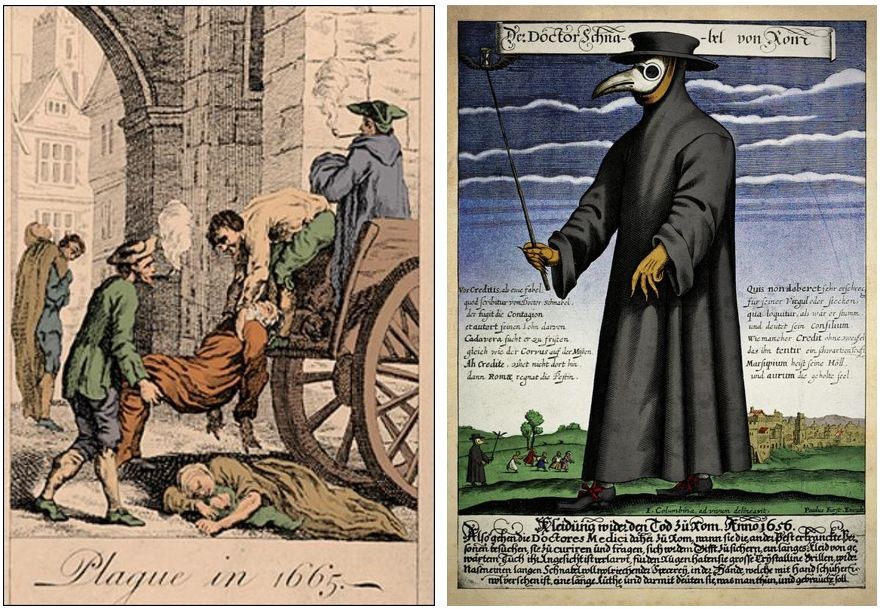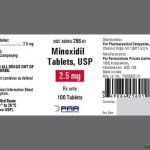
Contents
- 1 Plague (Black Death)
- 1.0.1 What causes plague?
- 1.0.2 What are risk factors for plague?
- 1.0.3 What is the incubation period for plague?
- 1.0.4 What are plague symptoms and signs? What are the different types of plague?
- 1.0.5 Is plague contagious? How does it spread?
- 1.0.6 What is the contagious period for pneumonic plague?
- 1.0.7 How is plague diagnosed?
- 1.0.8 What is the treatment for plague?
- 1.0.9 What is the prognosis of plague?
- 1.0.10 Is it possible to prevent plague? Is there a vaccine?
- 1.0.11 Could plague be used as a biological weapon?
Plague (Black Death)
Plague is a bacterial disease infamous for causing millions of deaths during the Middle Ages in Europe. The first reported pandemic began in 541 A.D., lasting for over 200 years and killing an estimated 100 million people throughout the Mediterranean basin. The Black Death, or pandemic of the Middle Ages, caused the death of 60% of the European population. The modern pandemic started in China in the 19th century and spread to many parts of the world through port cities.
More recently, an outbreak of plague occurred in Madagascar in 2014 and from August to October 30, 2017, resulting in a total of 1,801 confirmed, probable, and suspected cases, including 127 deaths.
Plague is primarily transmitted to humans through bites of fleas that have fed on infected rodents. It can also be contracted from handling fluids or tissues from infected animals. People with pneumonic plague can transmit the infection through coughing infectious droplets into the air.
What causes plague?
The bacterium Yersinia pestis causes plague. It infects wild rodents and can still be found in many areas of the world, with the majority of cases occurring in Madagascar and sub-Saharan Africa.
Animals that may carry the plague bacteria include rats, ground squirrels, mice, prairie dogs, chipmunks, voles, and rabbits. The bacteria can persist at a low level in the natural populations of these animals and can be transmitted to humans through flea bites.
In the U.S., plague is rare today but occasionally occurs in the southwestern portion of the country where wild rodents may be infected. An average of seven cases of plague occurred each year between 1900-2017.
What are risk factors for plague?
Risk factors for plague include being bitten by fleas or exposure to rodents. Scratches or bites from infected domestic cats are also a risk factor. Contact with individuals with pneumonic plague is another potential risk for acquiring the infection.
What is the incubation period for plague?
Symptoms of plague usually develop between two and seven days after acquiring the Yersinia pestis infection.
What are plague symptoms and signs? What are the different types of plague?
Plague can manifest in three forms:
- Bubonic plague: This form is characterized by enlargement of the lymph nodes, causing pain and tenderness. Flu-like symptoms and fever may also be present. If left untreated, the infection can spread to other parts of the body.
- Septicemic plague: This form results from the bacteria entering the bloodstream. Symptoms include fever, weakness, abdominal pain, shock, bleeding, and tissue death, especially in the fingers and toes.
- Pneumonic plague: In this form, symptoms of other types of plague may be present, but pneumonia is the primary clinical picture. The bacteria spread to the lungs, or the lungs are directly infected through inhalation of infected droplets in the air. Shortness of breath, chest pain, fever, and cough with watery or bloody mucus production are symptoms.
Is plague contagious? How does it spread?
Bubonic and septicemic plagues are rarely spread from person to person, while pneumonic plague can be transmitted through close contact with an infected person. In the U.S., person-to-person spread of plague has not been reported since 1924, but it may still occur in some developing countries.
What is the contagious period for pneumonic plague?
Plague can be spread through respiratory secretions. Patients in the early stage of pneumonic plague pose little risk of transmitting the disease, while those in the final stages pose a much higher risk.
How is plague diagnosed?
Plague is diagnosed by identifying Yersinia pestis organisms in a sample of blood or tissue from the infected patient. Diagnostic tests include culturing the organism, demonstrating surface proteins or genetic material, and identifying the body’s antibody response to the infection.
What is the treatment for plague?
Antibiotics such as ciprofloxacin, streptomycin, gentamicin, and doxycycline are effective in treating plague. Additional treatment may be necessary for severely ill patients, including oxygen, respiratory support, and medications to maintain blood pressure. Patients with pneumonic plague must be isolated to prevent the spread of infection.
What is the prognosis of plague?
Plague is a very serious and often life-threatening disease. About 50% of people with bubonic plague die if untreated, while pneumonic plague is typically fatal if untreated. With early antibiotic treatment, about half of the people with pneumonic plague will survive.
Is it possible to prevent plague? Is there a vaccine?
There is no commercially available vaccine to prevent the plague. However, the chance of contracting plague can be reduced by rodent-proofing homes, avoiding contact with wild rodents, and wearing gloves when handling potentially infected animals. Using repellent for skin and clothing while outdoors or in flea-prone areas can also help prevent infection.
Prophylactic antibiotics should be administered to individuals with known exposure to plague or direct contact with infected tissue or body fluids.
Could plague be used as a biological weapon?
There have been concerns about the use of plague as a biological weapon. Historical examples include the use of infected corpses and fleas as a means of spreading the disease.


